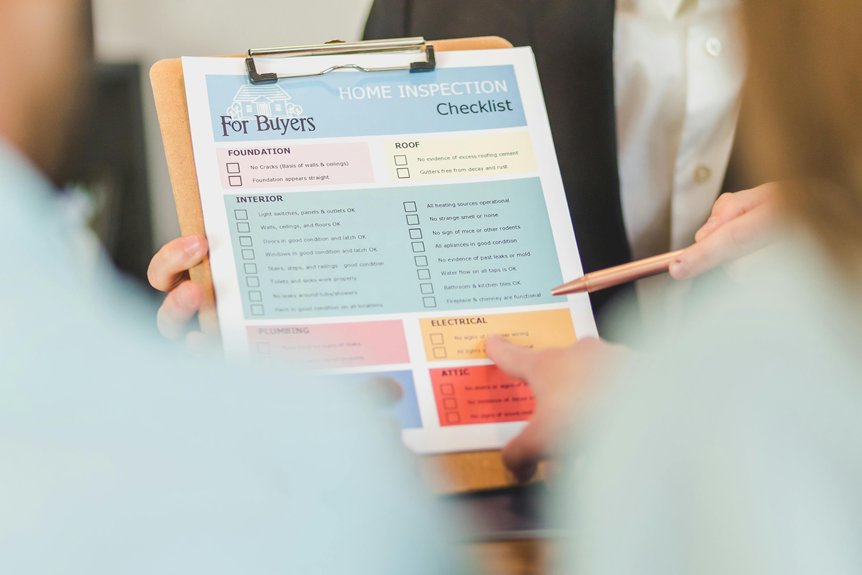When conducting a Gainesville commercial roof inspection, you must approach each task with precision and a clear understanding of safety protocols. A thorough checklist guides you through visual assessments, material evaluations, and critical system inspections, guaranteeing no detail is overlooked. Proper documentation and awareness of specific vulnerabilities help prevent costly repairs down the line. To ensure your inspections are effective and exhaustive, it’s essential to follow a structured process tailored to local weather and roofing materials—details that could make all the difference.
Comprehensive Guide to Gainesville Commercial Roof Inspections
Are you prepared to guarantee your Gainesville commercial roof remains in top condition? Regular inspections are essential for identifying early signs of damage, ensuring the longevity of your roofing system, and preventing costly repairs down the line. To conduct an effective inspection, you need a systematic approach that emphasizes attention to detail and safety.
Start by familiarizing yourself with the roofing materials used on your building, as different materials—whether it’s single-ply membrane, built-up roofing, metal, or foam—each have unique vulnerabilities and inspection considerations. Knowing the specifics of your roof’s materials allows you to identify potential issues more accurately, whether it’s cracks in membrane surfaces or corrosion in metal panels.
Safety should always be your top priority during inspections. Use proper safety gear—harnesses, non-slip footwear, and helmets—and ensure your ladder or scaffolding is secure before climbing onto the roof. Never rush through the process; a thorough visual scan requires patience and precision.
Before stepping onto the roof, review the weather forecast to avoid high winds, rain, or extreme heat, which can compromise safety and make inspection more difficult. When inspecting, pay close attention to common trouble spots, such as seams, flashing, and drain areas, where water infiltration often begins. Look for signs of ponding water, cracks, or blisters, which can indicate underlying issues with the roofing materials or insulation.
As you examine the surface, check for any debris, punctures, or broken components that could compromise your roof’s integrity. If you notice any deterioration in roofing materials—such as cracking, curling, or missing sections—note these areas for repair.
Pay special attention to flashing around vents, skylights, and edges, as these are vulnerable to leaks. During your inspection, be methodical, taking notes or photographs to document your findings. This record-keeping helps track deterioration over time and supports ongoing maintenance planning. Additionally, understanding your roof’s inspection requirements can help you better prepare for proactive maintenance and avoid unexpected issues.
Conclusion
By following this structured Gainesville Commercial Roof Inspection Checklist, you ensure a thorough and safe assessment of the roof’s condition. Paying close attention to critical areas like seams, flashing, and drainage, while documenting every detail, helps identify issues early. Stay vigilant about material vulnerabilities and weather conditions. A meticulous approach not only preserves the roof’s integrity but also extends its lifespan, ultimately protecting your property investment and ensuring long-term durability. For more information on how to schedule your free roof inspection, call us at (405) 543-2920 or visit us online at Top View Roofing.











